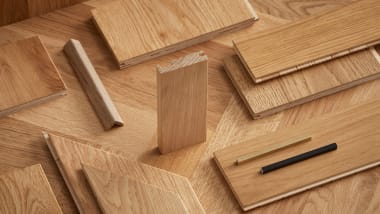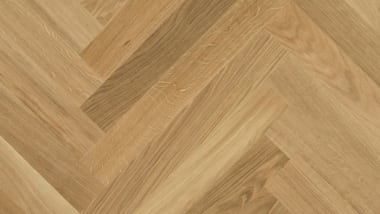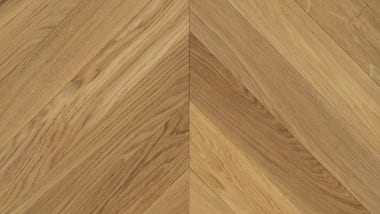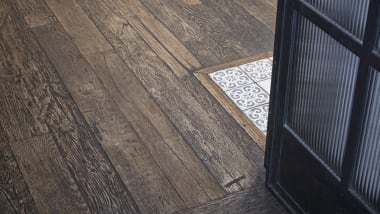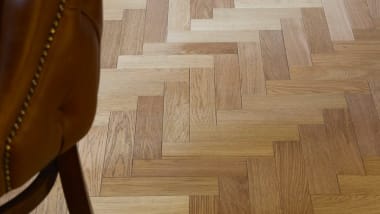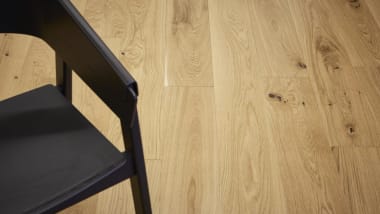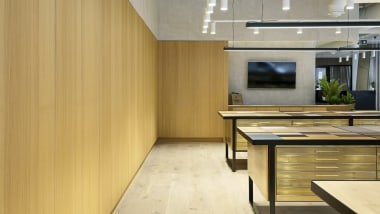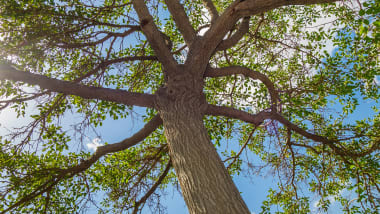An engineered wood floor is a superb alternative to solid wood, providing a hard-wearing finish without compromising on aesthetics - but it's not necessarily a cheaper alternative. There are several benefits to using engineered wood, such as a greater choice of finishes, and long-lasting durability. If your budget is really tight, consider the excellent real wood veneer products within PurePlank, or Havwoods' twenty-first century alternative to laminate flooring may well offer the right alternative.
Engineered Wood Flooring
Product Featured: HW2158 Blaine
What is engineered wood flooring?
Wood is hygroscopic. This means that it absorbs moisture. So when the surrounding humidity changes, either due to changes in the climate or through the use of heating or air conditioning, wood can swell or shrink. This can result in the planks cupping or warping, or gaps opening up between them.
When we say wood is 'engineered' we simply mean that it is made up of multiple layers. The top layer, known as the wear layer or lamella, is usually a hardwood and most often it is oak. The base layers are usually softwood or a multi-layered plywood, although occasionally they may even be made with more layers of hardwood. All the layers are bonded together so that the grain of each one runs perpendicularly to that of the layer on either side, making it virtually impossible for the wood to swell or shrink.
The advantages of engineered wood
Engineered timber offers you a lot more choice.
Because it is so stable, engineered wood planks and blocks can usually be fitted over underfloor heating. They are also now available in much bigger sizes, so those really impressive wide and long planks you see are a direct result of engineering wood.
Most engineered wood products are pre-finished, which means that you can see exactly what your floor will look like before it is fitted. And since there are now so many wonderful finishes available it ensures you have far more options without having to resort to the use of tropical hardwoods. Furthermore, in addition to all the usual installation methods, engineered wood planks with a click fit system offer a particularly easy option.
And last, but by no means least, engineered wood is particularly tree-friendly because it uses less of the slow-growth hardwoods. Using more wood is, in general, good for our planet because it encourages the harvesting and replanting of our forests, but fast-growing softwoods provide a quicker turnover.
alternatives to an engineered wood floor
Engineered wood flooring is a superb alternative to a solid wood floor, but it's not necessarily a cheaper alternative. If you want the look and feel of real wood in a quality flooring but are on a tight budget a veneer could well be the perfect answer. A veneer uses a very thin layer of real wood, usually bonded to a core of some type of composite wood product like fibreboard.

